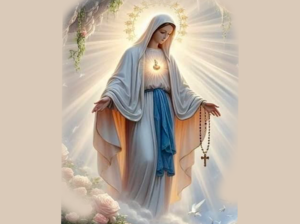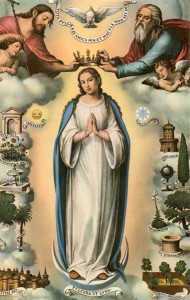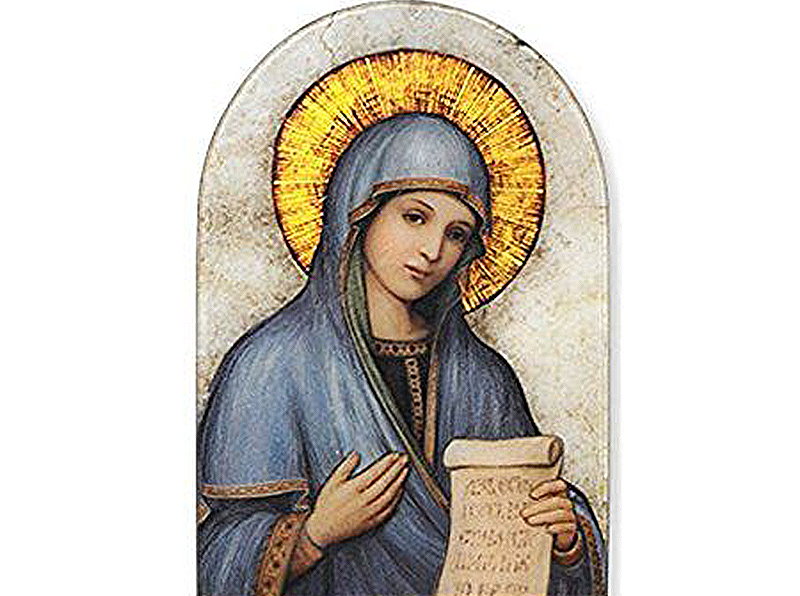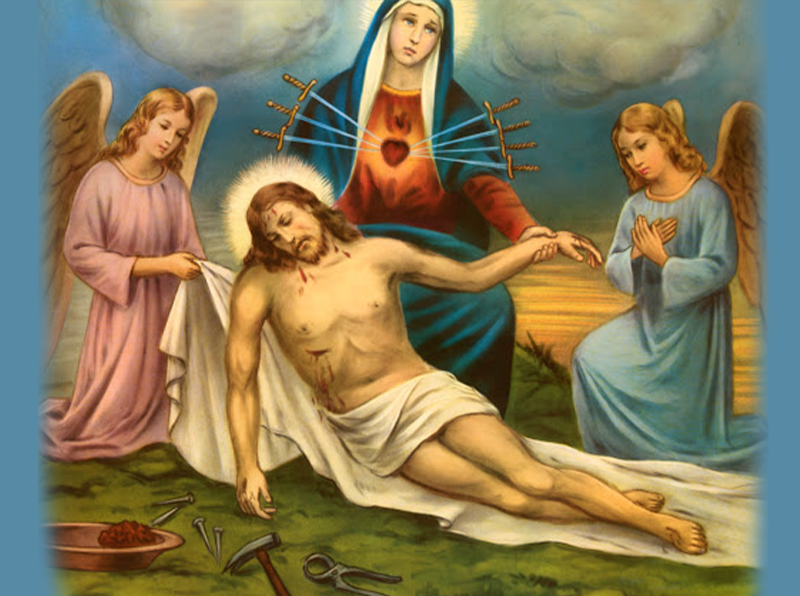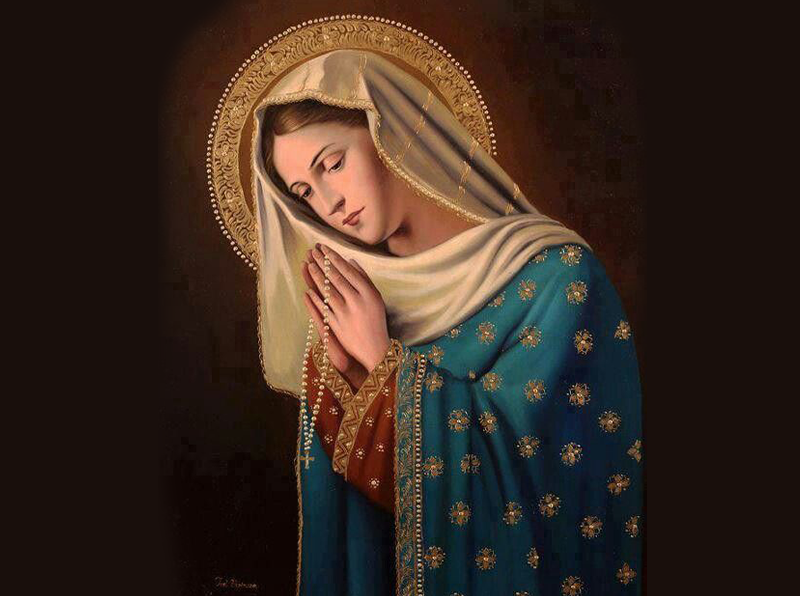Mary has been venerated as the Queen of Heaven since the early centuries, and also as the Queen of the Apostles, the Patriarchs, and more. So, what is the significance of Mary being the Queen of the Holy Land when she is already the Queen of Heaven? This new invocation as the Queen of the Universe holds great meaning, as it does not refer to Holy Land solely as a specific place on Earth. It is not just naming her as the Virgin of Holy Land, or the one from El Pilar, or from Fatima, but rather venerating her as the Queen and Lady of a specific material possession and a chosen people.
Holy Land has been, since the time of Abraham, the land chosen by Yahweh for Redemption and the inheritance of the chosen people. It was there that David, after conquering Mount Zion, founded his city, which became a symbol of hope for the entire Jewish people.
Yahweh formed Adam from the dust of the Earth (Genesis 2:7), that is, from the very essence of the universe, and formed Woman from the essence of Man (Genesis 2:22), not directly from the clay, joining them thus in with the divine creative act. Each person is an act of being created directly by the Creator, with the participation of parents who contribute the essence. The universe is also an act of being created directly by the Creator, but the universe is determined, while each person’s act of being is free and unique.
The universe is not “everything that is not God,” but only the material—energy and matter—including living beings. Angels do not belong to the universe, but humans do, although the universe does not possess humans. The universe only possesses minerals, plants, and animals, including apes. Humans are, in the words of Leonardo Polo, “the inhabitants of the universe who know they exist.” The dignity of each person is so great that, despite limitations in their essence, they are superior to the entire universe.
According to tradition, David is buried on Mount Zion, and in that same place, three fundamental scenes for Christians take place: the Last Supper, Pentecost, and the Dormition of Mary.
